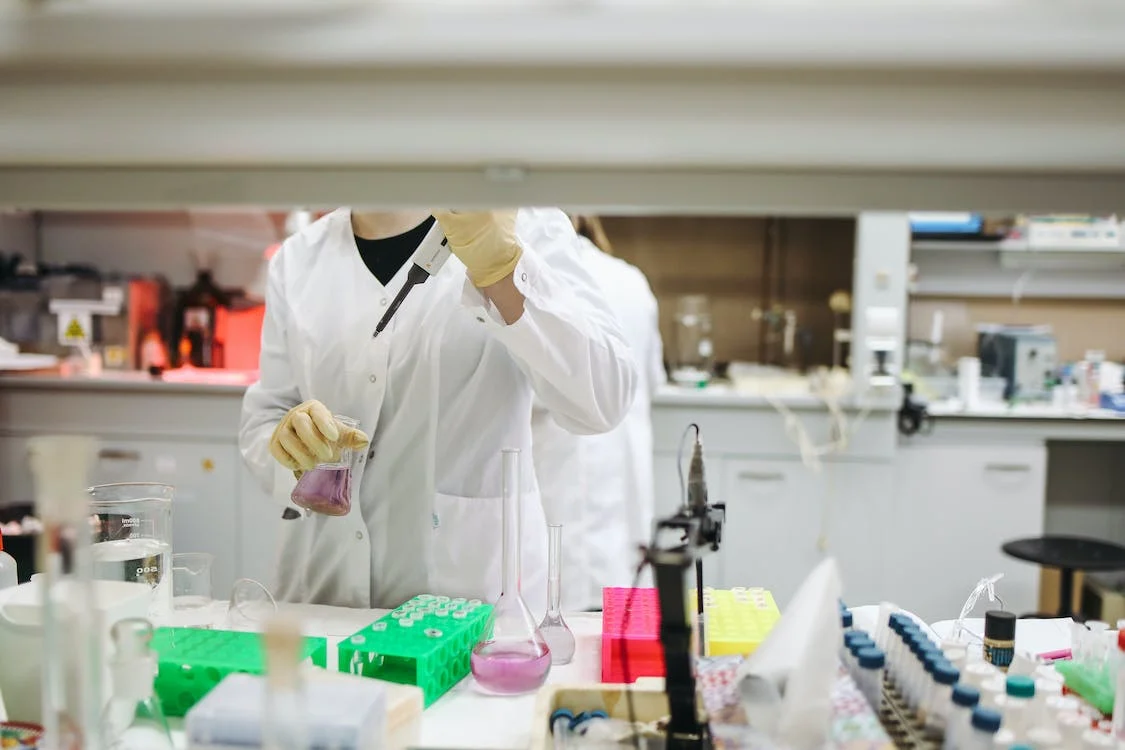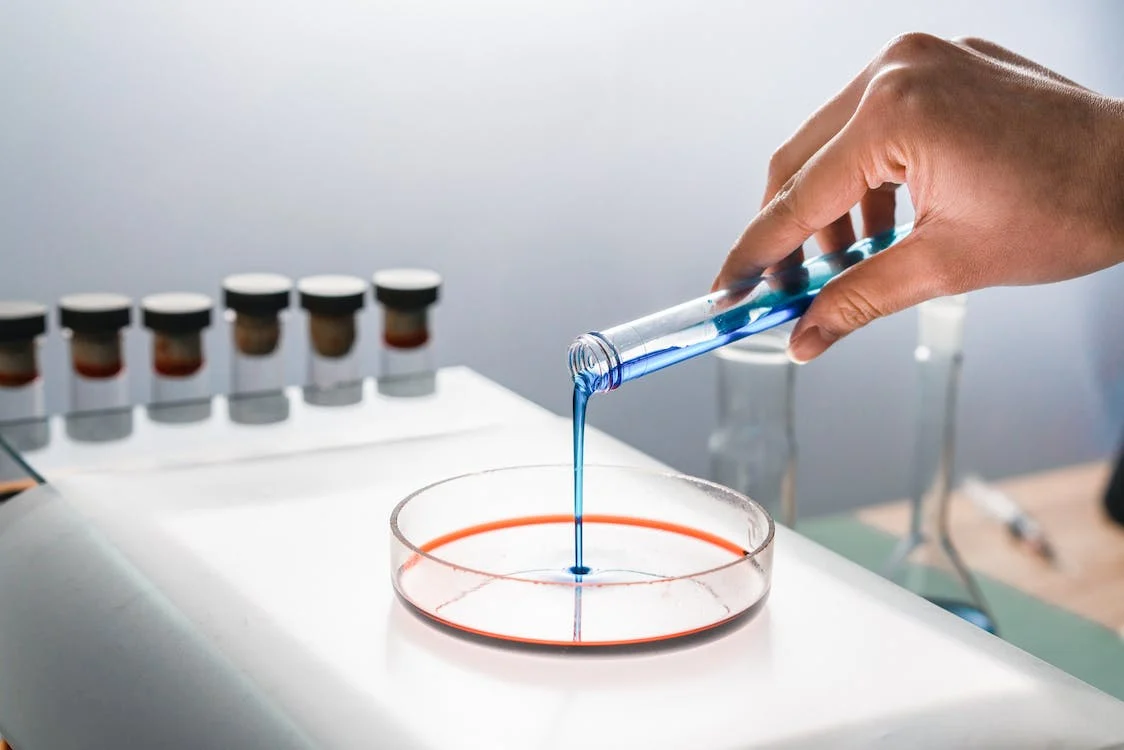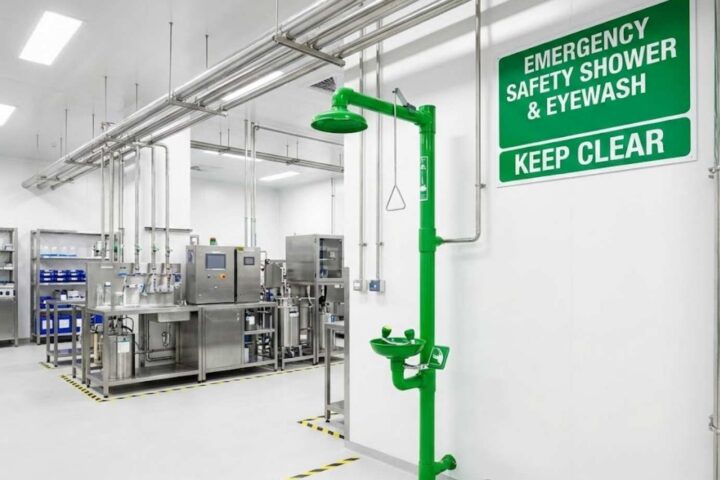ELISA (enzyme-linked immunosorbent assay) is a widely used and powerful tool in various scientific fields, including research, diagnostics, and biotechnology. Its ability to detect and quantify specific proteins or antibodies has made it an indispensable technique. According to recent statistics, the global ELISA analyzer market size was estimated at $567.88 million in 2022, indicating the widespread adoption and significance of ELISA technology in various industries.

However, to obtain accurate and reliable results, it is essential to optimize your ELISA assays properly. In this blog post, we will explore seven essential tips, including the use of an ELISA plate washer, to help you optimize your ELISA experiments and ensure the success of your research.
Selection of Antibodies
The success of an ELISA assay heavily relies on the choice of antibodies. When selecting antibodies for your ELISA, it is crucial to opt for high-quality antibodies that exhibit high specificity and affinity for the target analyte. Subpar antibodies can lead to nonspecific binding, false-positive or false-negative results, and wasted time and resources. Before using antibodies in your assay, it is essential to validate them to ensure their specificity and performance.
Standard Curve Preparation
The standard curve is the backbone of any quantitative ELISA assay. It allows you to determine the concentration of unknown samples based on the signal generated from known standards. To prepare a reliable standard curve, it is necessary to create serial dilutions of known concentrations of the target analyte. The standards should cover the expected range of concentrations found in your samples. Properly prepared standard curves will provide accurate and consistent data for sample quantification.
Blocking and Washing
One of the significant challenges in ELISA assays is reducing the nonspecific binding of antibodies to the plate surface. To address this issue, a blocking step is employed. Blocking agents such as BSA, milk, or serum are used to coat the plate surface and prevent the antibodies from binding non-specifically. Additionally, thorough washing between each step is essential to remove any unbound substances that may interfere with the assay’s accuracy.
To enhance the effectiveness of washing steps, using an ELISA plate washer can be highly beneficial. An automated plate washer efficiently removes unbound substances, minimizing background noise and improving the signal-to-noise ratio. This ensures greater reproducibility and accuracy in your ELISA results. When using an ELISA plate washer, make sure to optimize the washing parameters, such as the number of wash cycles, wash buffer volume, and aspiration speed, to achieve the best results.
Sample Dilution and Incubation
Proper sample preparation is vital for obtaining reliable ELISA results. Samples should be appropriately diluted to ensure they fall within the assay’s dynamic range. If the samples are too concentrated, they may saturate the detector antibodies, leading to inaccurate readings.
Conversely, if the samples are too diluted, the signal may fall below the assay’s detection limit. It is also crucial to handle samples carefully to avoid degradation and loss of analytes. Proper incubation conditions for both capture and detection antibodies should be followed to achieve optimal results.
Substrate Selection and Detection
The substrate used in an ELISA assay plays a critical role in signal detection. The choice of substrate can significantly impact the assay’s sensitivity and the magnitude of the signal generated. Different substrates produce various chromogenic or fluorescent signals, and selecting the appropriate one for your assay is essential.
Additionally, the choice of the enzyme conjugated with the detection antibody can influence the assay’s sensitivity, and it is vital to select the enzyme that best suits your specific application.
Data Analysis and Interpretation
Accurate data analysis is essential to drawing meaningful conclusions from your ELISA results. Choosing the appropriate software or tools for data analysis is crucial. Many researchers use specialized ELISA analysis software that can automatically generate standard curves, perform background subtraction, and calculate sample concentrations.
However, it is essential to verify the software’s accuracy and validate the results manually if needed. Incorrect data analysis can lead to misinterpretations of results and erroneous conclusions.
Controls and Validation
To ensure the reliability and reproducibility of your ELISA assays, including appropriate controls is imperative. Positive and negative controls are used to validate the assay’s performance and verify that the reagents and protocols are working as expected.
Additionally, internal controls, such as housekeeping proteins, can help normalize the data and correct for variations in sample preparation and handling. Properly validated assays provide more confidence in the accuracy and reliability of your results.

Conclusion
Optimizing your ELISA assays is crucial for obtaining accurate and reliable results in your research or diagnostic work. By carefully considering the selection of antibodies, preparing a robust standard curve, blocking and washing effectively, and following proper sample dilution and incubation protocols, you can significantly improve the sensitivity and specificity of your ELISA assays. Additionally, selecting the right substrate and detection enzyme, along with accurate data analysis and validation, will ensure the success of your experiments.
Remember that troubleshooting common issues is part of the process, and persistence and attention to detail will lead to successful ELISA assays and more meaningful scientific discoveries. So, implement these essential tips in your next ELISA experiment and witness the improvement in your results.








